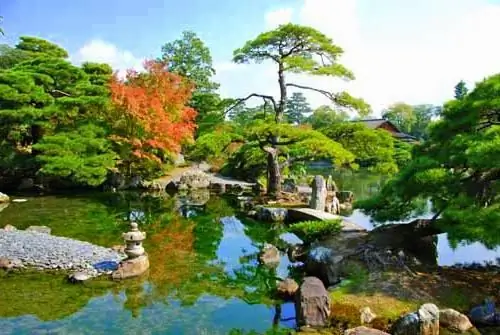- Author Harold Hamphrey [email protected].
- Public 2023-12-17 10:06.
- Last modified 2025-01-24 11:10.
Organizations with documented collections of living plants are called botanical gardens. Plants included in their composition are used for education, conservation of biological diversity, participate in scientific developments and demonstrations. There are more than 2,000 such organizations in the world, the list of botanical gardens in Russia reaches 73 units, all of them are united by the main goal - the conservation and use of plant resources to improve human well-being. Gardens have different geographic locations and are extremely important for the development of society as a whole. They concentrate a variety of varieties and types of plants.
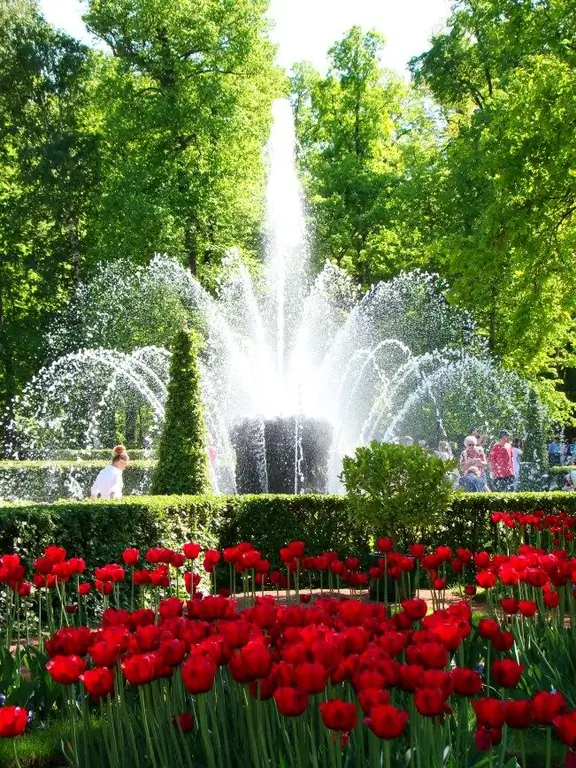
The development of landscaping and decorative structure is at the heart of botanical gardens. Most of these organizations serve the departments of botany at universities, work as a base for educational institutions. Botanic gardens contribute to increasing the growth of highly qualified specialists in the field of botany. Despite all these advantages, the main goal is the development and maintenance of the plant world.
History of the development of botanical gardens
The very first botanical gardens in Russia began to appear in St. Petersburg and Moscow. The purpose of their creation was the cultivation of medicinal crops, but over time, other types of plants began to appear.
The history of the development of green areas has a close connection with the development of botany as a science. From the beginning of the 18th century, apothecary gardens began to appear in our country, growing valuable apothecary plants from which preparations were made. The distribution of such gardens began during the reign of Peter I, in St. Petersburg, Voronezh, Moscow and many other cities.
The role of botanical gardens in the world
Floral research and comprehensive forwarding activities have contributed to deepening the knowledge of the flora and flora of our country and all green cultures around the world. Thanks to this, the rarest representatives of wild flora and new crops began to be mastered. Botanical gardens systematically organize expeditions and travels, conduct comprehensive scientific research in the field of experimental botany, considering the main problems that plants face during acclimatization, study environmental problems, biology, physiology and geographical location of plants. These studies have had a beneficial effect on the mobilization of domestic resources.
The Main Botanical Garden of the Russian Academy of Sciences named after N. V. Tsitsina
The main Russian museum of plant nature was established in Moscow in January 1945. Its fundamental goal was to preserve the rarestgreen massifs - Leonovsky forest and Erdenyevskaya grove, the area of which occupied more than 300 hectares. The architects Rosenberg and Petrov made a great contribution to landscape design, thanks to which the garden corresponded to natural conditions as much as possible.
The Main Botanical Garden of the Russian Academy of Sciences named after N. V. Tsitsina collected in his collection more than 15,000 types of plant we alth, of which 1,900 are representatives of trees and shrubs, about 5,000 different types of plants from the tropics and subtropics, as well as a garden of endless flowering. This museum of wildlife conducts excursions in its arboretum, during which visitors walking around the museum get acquainted with a huge variety of plant cultures, learn about the benefits and harms of organisms, and also learn many new facts about indoor floriculture.

Amur Botanical Garden
The Botanical Garden of Amursk was founded in 1994, its territory occupies 200 hectares. About 400 representatives of vascular plants are located in this area, of which 21 are listed in the Red Book. This museum participates in exhibitions, filming on television, and lectures on landscape design.
There are three zones in the Amur garden: the first zone is the island, the second is the right bank of the river, and the third is the administrative and economic area. A large area of forests belongs to the reserves, and in some parts there are guided tours, which are divided by difficulty, distance, age group of visitors. The key route has seven main locations.
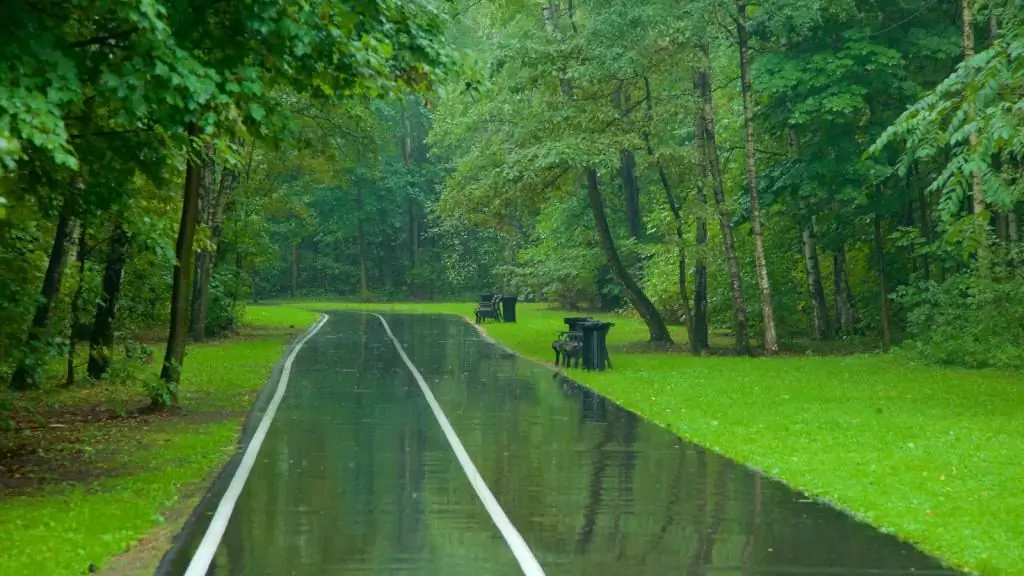
St. Petersburg State University Botanical Garden
The Botanical Garden of St. Petersburg State University is located in the city itself and suffers greatly from the impact of transport and environmental pollution. It began to be created in the 19th century. Active replenishment of the collection began in 1844, and in 1947 its official name was approved - the Botanical Garden at the State University. The main purpose of this organization at that time was the educational process. The number of species increased to 2,500 by 1896, and an arboretum was established in 1901.
This organization is a division of the State University, as a result of which its collection is selected in such a way that the educational process in the botanical departments is visual. Thanks to this, students have the opportunity to gain in-depth knowledge in the study of botany. Botanical gardens in Russia make a valuable contribution to the development and education of society.
The garden's greenhouse area reaches 1300 square meters, and the number of its representatives is 2200 different varieties of subtropical and tropical crops, herbaceous plants, shrubs. Also in the collection of the garden there are more than 800 species of cacti and succulents. An interesting fact is the presence of specimens that managed to live for more than 70 years.
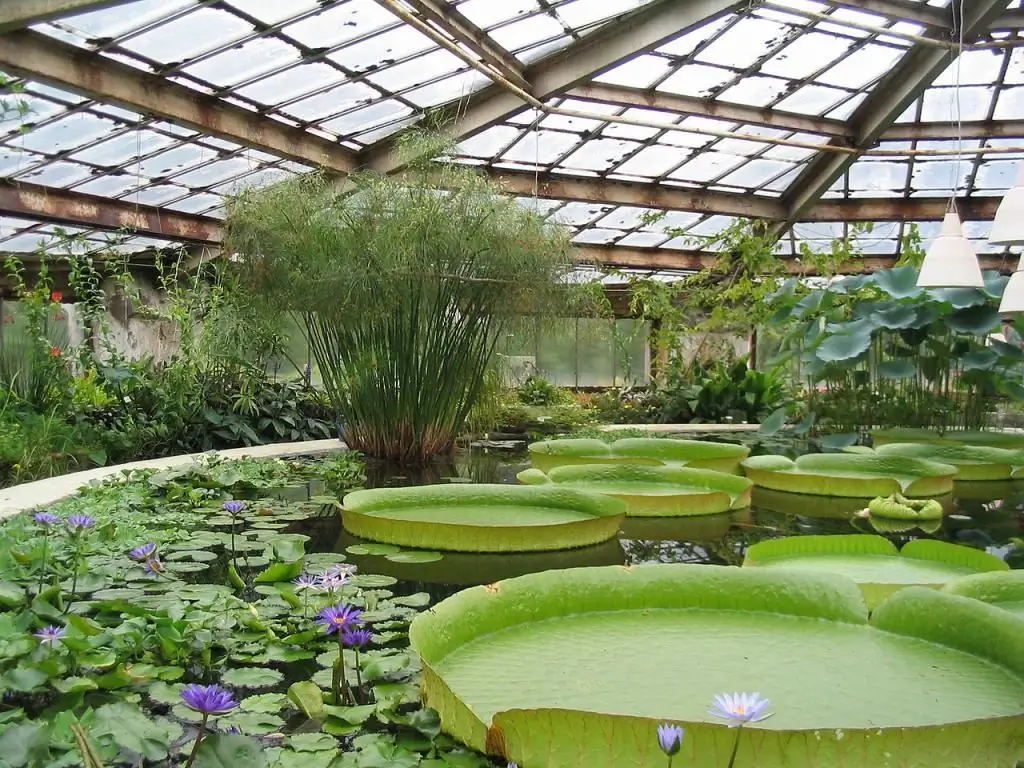
The northernmost botanical garden in Russia
The Botanical Garden, located above the Arctic Circle, was founded in 1931. The purpose of this project is to study the behavior of plants from different climatic conditions in the zonelow temperature. Over the entire period of the garden's existence, about 30,000 species of flora have visited it, of which 3,500 were able to adapt in difficult conditions. Various studies are also carried out in the park.
The composition of the botanical garden collection includes more than 650 representatives of moss, more than 400 species of different plant crops, approximately 1000 varieties of wildlife from the subtropics and tropics. The number of visitors per year is more than 3500 people. Snowdrops, living herbariums and rocky garden are some of the most unique representatives of this place. The garden also interacts with more than 30 countries of the world, with which it exchanges seeds and plant sprouts.
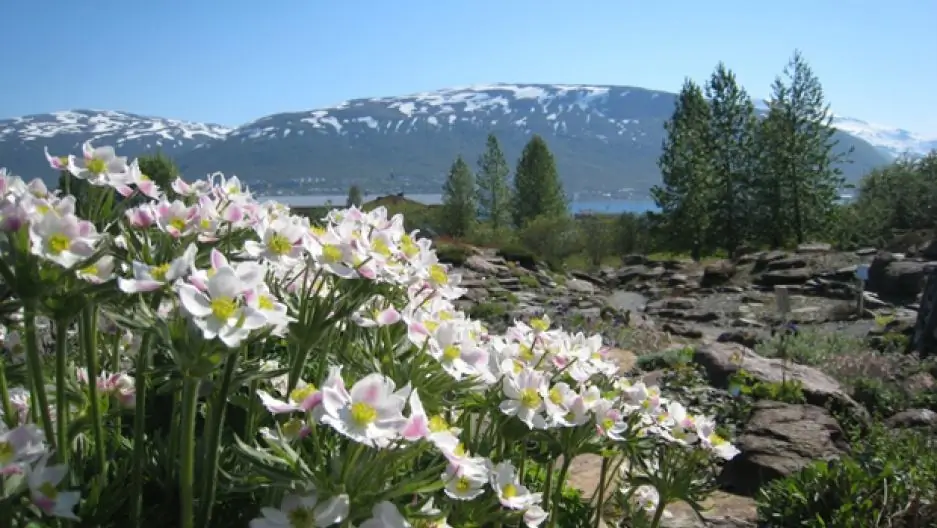
Great contribution to education
Botanical gardens are engaged in mass educational work. Many gardens have specialized nurseries that supply institutions and the population with planting and sowing materials. They also provide advisory support, give advice on the use and application of various plants, pay attention to botanical work in schools, create circles for young botanists, and organize educational gardens for nature lovers.
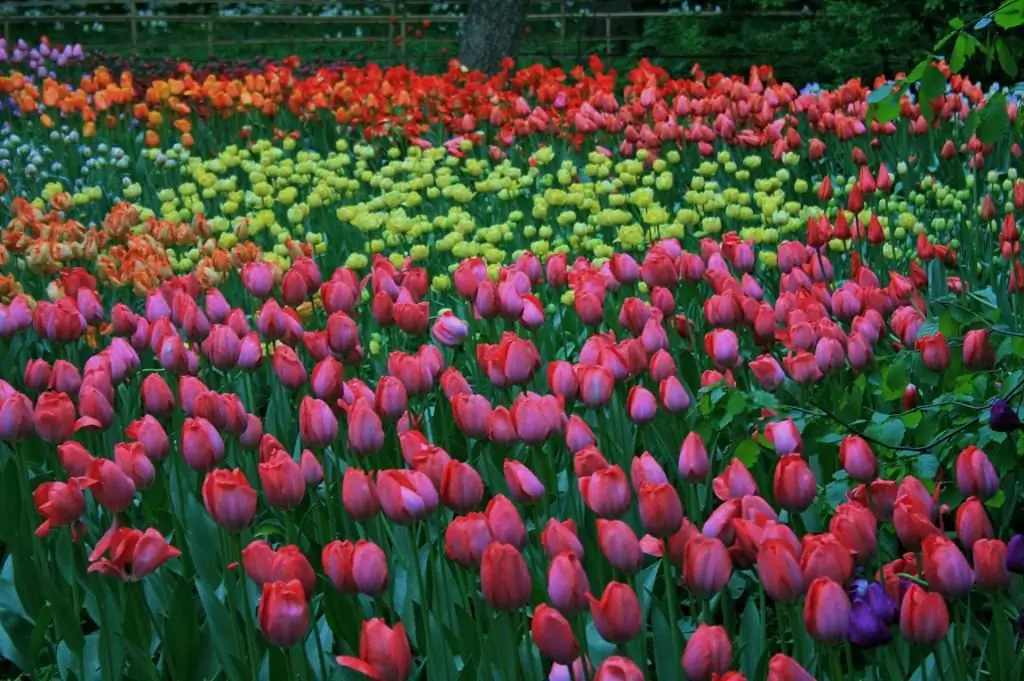
Regardless of directions, botanical gardens have a common important goal - the creation and maintenance of valuable plant crops and the dissemination of knowledge about wildlife and the benefits of the living world for humans. The botanical gardens of Russia serve as a vivid example of landscape design, and are also a great place to relax.population, which awakens in people the love of a living corner.


